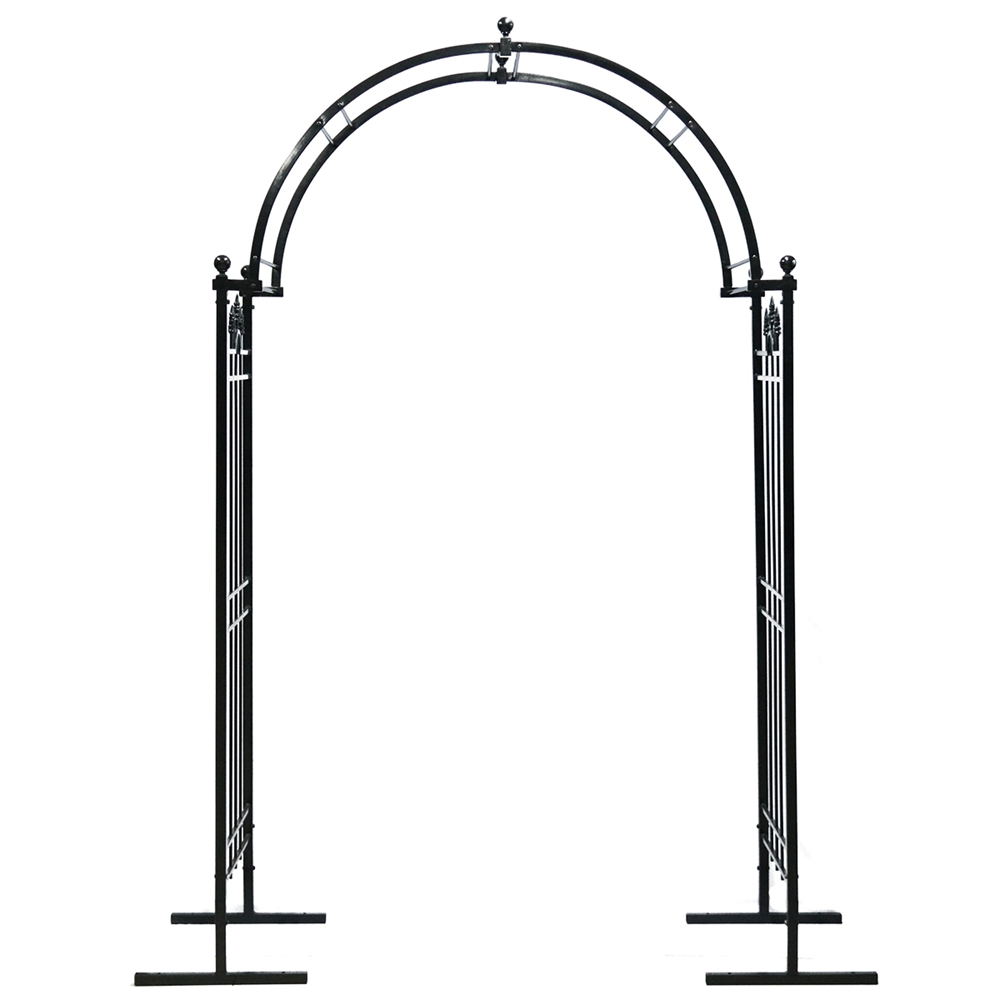Optimizing Space in Pallet Warehouse Racking Systems for Enhanced Storage Efficiency
Dez . 04, 2024 11:52
Pallet Warehouse Racking An Essential Component for Efficient Storage
Pallet warehouse racking systems are integral to modern logistics and supply chain management. As businesses grow, the need for organized and efficient storage solutions becomes paramount. A well-designed racking system maximizes space, enhances accessibility, and improves inventory management. This article explores the types, benefits, and considerations of pallet racking for warehouses.
Types of Pallet Racking
1. Selective Racking Selective racking is the most common and straightforward type used in warehouses. It allows easy access to every pallet, enabling quick picking and replenishment. Selective racks store pallets horizontally on a series of beams. The design maximizes space usage, typically accommodating varying pallet sizes. However, it may not be the most space-efficient solution when high-density storage is required.
2. Drive-In and Drive-Through Racking Drive-in and drive-through racking systems are designed for high-density storage. In drive-in racking, forklifts can drive directly into the rack to load and unload pallets, often using a last-in, first-out (LIFO) method. Drive-through racking adds a second entry point, allowing for first-in, first-out (FIFO) inventory management. These systems increase storage density by minimizing aisles but require careful planning to ensure optimal operation.
3. Push Back Racking Push back racking allows pallets to be stored on nested carts that are pushed back when a new pallet is added. This system also typically uses a LIFO method. It is ideal for products with a limited shelf life and helps free up valuable floor space, enhancing inventory turnover.
4. Mobile Racking Mobile racking systems consist of racks mounted on wheeled bases that can be moved to create aisles only when needed. This maximizes storage density as it eliminates fixed aisles, allowing for more racks in the same footprint. Mobile racking is versatile and suitable for various products, although it entails a more significant initial investment.
5. Automated Racking Systems With technological advancements, automated racking systems have emerged. These systems often incorporate automated guided vehicles (AGVs) to move pallets in and out of storage. They significantly enhance efficiency, reduce labor costs, and minimize operational errors. However, high installation and maintenance costs may deter some businesses from implementation.
Benefits of Pallet Racking Systems
The implementation of pallet racking systems offers numerous benefits to warehouses and distribution centers
- Space Optimization Racking systems allow for vertical storage, maximizing the use of cubic space in warehouses. This is especially critical in facilities with limited floor space.
- Improved Accessibility With the right racking design, accessing inventory becomes easier, reducing the time and effort required for picking and replenishing stock.
pallet warehouse racking

- Enhanced Inventory Management With organized racking, businesses can easily monitor stock levels, improving turnover rates and reducing the chances of stockouts or overstocking.
- Increased Safety Properly designed and maintained racking systems improve warehouse safety by minimizing the risk of collapses or accidents. Compliance with safety regulations further enhances the working environment.
- Cost Efficiency Although the initial investment can be significant, the long-term savings generated by improved efficiency and space utilization can be substantial.
Considerations When Choosing a Pallet Racking System
When selecting a pallet racking system, businesses should consider several key factors
- Load Capacity It is crucial to assess the weight and dimensions of the products being stored to ensure the racking can support the load.
- Warehouse Layout The layout and design of the warehouse should inform the choice of racking system. Aisle widths, building height, and workflow patterns all play a role.
- Product Characteristics Understanding the nature of the products—including their turnover rate and shelf life—can guide the selection of the most appropriate racking solution.
- Budget While investing in a high-quality racking system is essential, companies must balance their needs against budgetary constraints.
Conclusion
Pallet warehouse racking systems play a vital role in ensuring efficient storage and inventory management. By carefully selecting the right type of racking and considering individual business needs, companies can optimize their warehouse operations, enhance safety, and ultimately improve their bottom line.




















